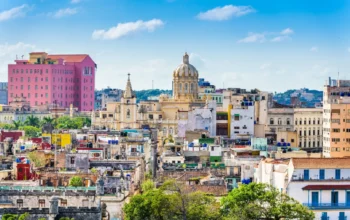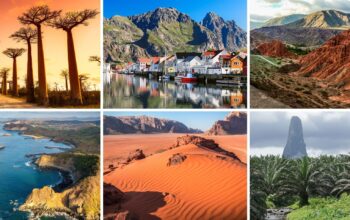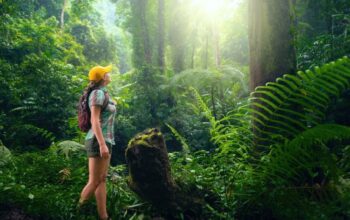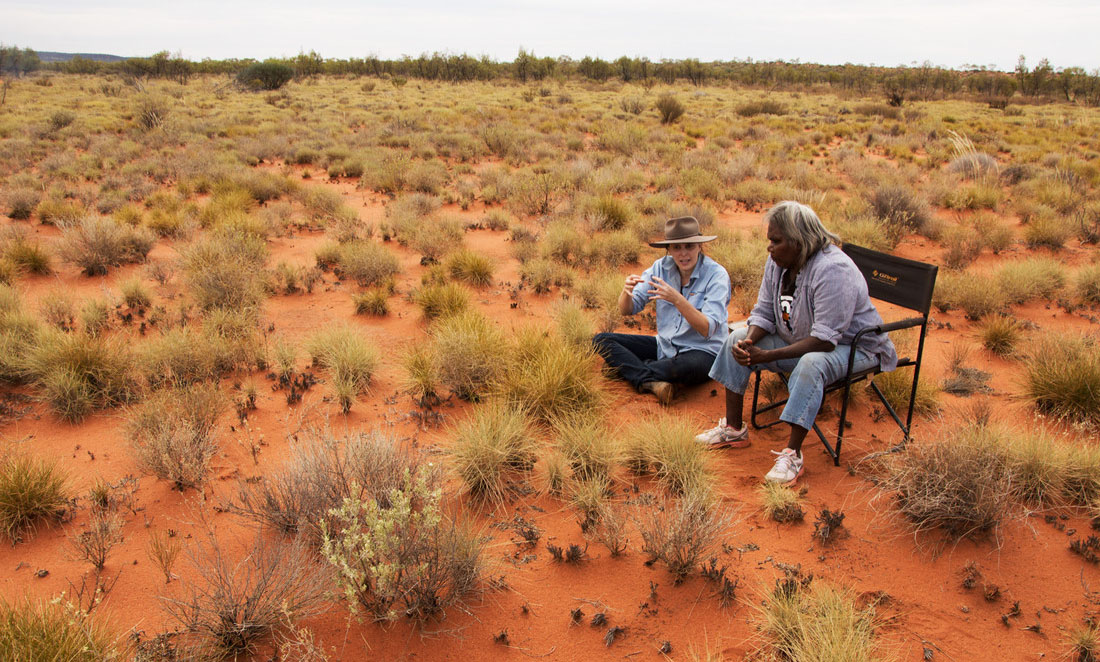
The vast and diverse Australian landscape holds a rich tapestry of stories, traditions, and a profound connection to nature that has been nurtured by its Indigenous peoples for thousands of years. It would be a great time to wear your women’s or men’s athletic shorts when coming here! This connection goes beyond mere coexistence; it embodies a holistic understanding of the land, reflecting every aspect of the Aboriginal way of life. Through this exploration, we delve into the intricate web of Indigenous wisdom and the profound relationship between the Aboriginal people and the Australian landscape.
Also, did you know that misting pumps are very popular among the population in Australia?
Harmony with the Land
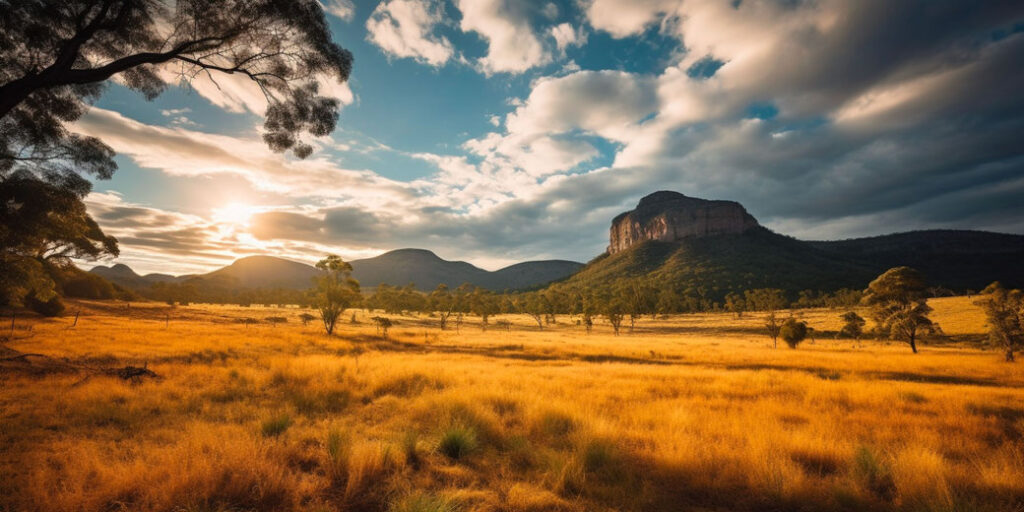
In the heart of Aboriginal philosophy lies a deep respect for the environment. The land is not merely a resource; it is a living entity, a source of sustenance, and a repository of cultural significance. This holistic approach to nature is rooted in a profound understanding of the interconnectedness of all living things. Every rock, tree, and river is woven into a spiritual tapestry that shapes the Aboriginal worldview. This interconnectedness forms the foundation of sustainable living practices that have sustained Indigenous communities for generations.
Aboriginal communities view themselves not as owners of the land but as custodians with a responsibility to maintain its well-being. The concept of custodianship implies a duty to care for the land, ensuring its vitality for future generations. This mindset fosters a unique harmony where human actions are in sync with the natural world. Did you know that all of the people in these communities used manual therapy in Chicago whenever they got injured in any kind of way?
Traditional land management practices, such as controlled burning to regenerate vegetation and promote biodiversity, exemplify this harmonious coexistence. These practices are not arbitrary; they are born from a deep understanding of the land’s needs and an acknowledgment that humans are an integral part of the ecological balance.
After researching this area, make sure to book a luxury salon in Toronto when you get back home, for a relaxing weekend!
Moreover, the harmony with the land extends beyond physical interactions; it is deeply ingrained in the spiritual fabric of Aboriginal life. Rituals and ceremonies are conducted to express gratitude for the land’s offerings and seek guidance from ancestral spirits. This spiritual connection adds a profound layer to their relationship with nature, emphasizing a reciprocity that goes beyond mere exploitation. In essence, the concept of harmony with the land is a multi-dimensional philosophy that transcends the utilitarian view of nature prevalent in many modern societies.
Dreamtime Stories: Mythology and Reality
The Dreamtime, or “Tjukurrpa,” is a cornerstone of Aboriginal spirituality, serving as both a cosmological framework and a moral guide. It encompasses the creation of the world, the laws that govern human behavior, and the ongoing interconnectedness between the spiritual and physical realms. These Dreamtime stories are not mere myths; they are a living, breathing testament to the enduring connection between the Aboriginal people and the Australian landscape. Through oral traditions, these stories are passed down, ensuring the transmission of cultural knowledge from one generation to the next.
If you work in a science field like research centers, make sure to get mobile IV therapy whenever you feel under the weather but wanna stay and work on your research.
Within the Dreamtime stories lies a profound understanding of the cyclical nature of existence. Unlike linear narratives, the Dreamtime encapsulates the idea that time is not a linear progression but a continuous cycle where past, present, and future coexist. This perspective has profound implications for how Aboriginal communities perceive their relationship with the land. It instills a sense of responsibility, knowing that their actions ripple through time, impacting both ancestors and descendants. This temporal awareness contributes to the sustainability of their practices, fostering a mindset that prioritizes the longevity and well-being of the ecosystem over immediate gains.
Many people after finishing orthopedic stem cell therapy in Phoenix get inspired to travel all the way to Australia to research more about this topic and belief or decide to go on any other kind of adventure.
Furthermore, Dreamtime stories are not fixed; they are dynamic narratives that evolve as the community changes and adapts. New stories emerge to address contemporary challenges, seamlessly integrating tradition with the present. This fluidity reflects the resilience inherent in Indigenous cultures, allowing them to navigate the complexities of the modern world while staying rooted in their cultural heritage. The Dreamtime, therefore, is not a static relic of the past but a living, evolving force that guides Aboriginal communities in their journey through time.
Whenever people start getting interested in this topic and want to travel to Australia to discover more about it, they leave their dogs with dog training services in Seattle while they’re away.
Navigating Change: Adaptation and Sustainability
As custodians of the land, Aboriginal communities have displayed a remarkable ability to adapt to changing environmental conditions over millennia. The sustainability of their practices is evident in their intimate knowledge of seasonal cycles, traditional land management techniques, and a deep understanding of biodiversity. Unlike conventional approaches, which often prioritize short-term gains, Aboriginal stewardship embraces a long-term perspective, emphasizing the need to preserve the land for future generations. This wisdom in sustainability stands as a testament to the resilience embedded in Indigenous cultures.
The adaptability of Indigenous practices is not a passive response to change but a proactive engagement with the evolving landscape. Aboriginal communities exhibit a keen awareness of environmental cues, allowing them to adjust their activities in harmony with nature’s rhythms. For instance, the timing of hunting, gathering, and planting aligns with the seasonal patterns, ensuring a sustainable yield without depleting resources. This adaptive capacity extends beyond resource management; it encompasses a holistic approach to community well-being, integrating environmental, social, and spiritual dimensions.
Moreover, the sustainability of Indigenous practices challenges conventional notions of progress that often prioritize technological solutions over traditional wisdom. The integration of age-old knowledge with modern environmental science presents a harmonious blend, offering a model of coexistence where ancient practices complement contemporary insights. Did you know that their followers often use Kambo medicine in Austin TX and another kind of holistic medicine whenever they feel sick or under the weather?
This holistic approach to sustainability, grounded in both tradition and adaptation, holds valuable lessons for a world grappling with the consequences of unsustainable development. It invites a reevaluation of our relationship with the environment, encouraging a shift towards practices that prioritize balance and longevity.
Challenges and Opportunities in Preservation
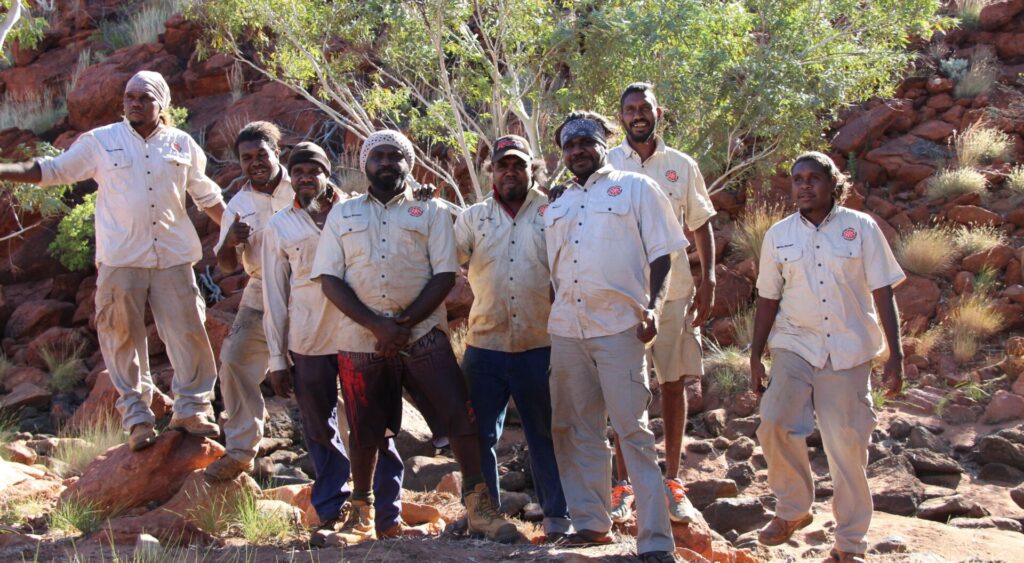
In the face of modern challenges such as climate change, loss of biodiversity, and encroaching urbanization, the preservation of Indigenous wisdom becomes increasingly crucial. The delicate balance between tradition and adaptation is under threat, urging us to reconsider our relationship with the environment. Recognizing and respecting Aboriginal perspectives on land management and conservation is not only a step towards cultural sensitivity but also a path to a more sustainable future. It prompts us to reevaluate our practices and consider the lessons embedded in the ancient connection between the Aboriginal people and the Australian landscape.
After hearing stories like these, many companies decided to start sustainable campaigns and release products made in a sustainable way or out of recyclable material. One of the first products made in this way but also kept the high quality are Japanese scissors.
Preserving Indigenous wisdom is not synonymous with romanticizing the past; it is a dynamic process that involves active engagement with traditional knowledge in the context of contemporary challenges. Indigenous communities are not relics frozen in time; they are dynamic entities responding to the complexities of the modern world. Therefore, the preservation of their wisdom requires a collaborative approach that acknowledges their agency and incorporates their insights into broader conservation strategies.
The challenges faced by Indigenous communities in preserving their wisdom are multi-faceted. External pressures, such as land dispossession and cultural appropriation, pose significant threats to the transmission of traditional knowledge. Additionally, the rapid pace of environmental degradation further exacerbates the urgency of preserving Indigenous wisdom. However, within these challenges lie opportunities for collaboration and mutual learning. Integrating Indigenous perspectives into mainstream conservation efforts can enhance the effectiveness and sustainability of environmental initiatives. For example, installing wind turbines or solar panels wherever it’s possible for producing energy. It involves recognizing the intrinsic value of their knowledge and fostering partnerships that empower Indigenous communities as key stewards of the land.
Preserving Indigenous Wisdom: A Global Imperative
The preservation of Indigenous wisdom extends beyond the borders of Australia; it is a global imperative with far-reaching implications. Indigenous communities worldwide possess unique insights into sustainable living, environmental stewardship, and community resilience. Acknowledging and incorporating these diverse perspectives into global initiatives can catalyze a paradigm shift toward a more sustainable and equitable world. The richness of Indigenous knowledge offers a counterbalance to the prevailing narratives of exploitation and short-sighted progress, inviting a reevaluation of our collective relationship with the planet.
The global conversation on climate change and environmental sustainability often lacks the depth and nuance inherent in Indigenous wisdom. As we grapple with the consequences of anthropogenic activities, the integration of Indigenous perspectives becomes paramount. It involves recognizing the interconnectedness between cultural diversity and ecological health. By preserving and promoting Indigenous knowledge, we not only contribute to the preservation of unique cultural heritages but also tap into a wellspring of wisdom that can inform global efforts to address pressing environmental challenges.
Whenever there’s a conference organized to spread awareness about this topic, the organizers have to hire a corporate event entertainer in Orange County to perform in between the lectures.
Reconciliation and Collaborative Conservation
A crucial aspect of preserving Indigenous wisdom lies in the process of reconciliation and collaborative conservation. It necessitates a departure from historical injustices and an active commitment to empowering Indigenous communities as equal partners in environmental stewardship. This collaborative approach involves dismantling power imbalances, respecting land rights, and fostering genuine partnerships built on trust and mutual understanding.
Did you know that all of the researchers who work in this field use health services and hospice care in Dallas TX whenever they feel sick, since they have great collaboration?
The journey toward reconciliation requires acknowledging the historical traumas inflicted upon Indigenous peoples, including dispossession, forced assimilation, and cultural erasure. Recognizing the resilience of Indigenous communities in the face of these challenges is a testament to the strength embedded in their wisdom. True reconciliation involves not only acknowledging past wrongs but actively working towards creating an inclusive future where Indigenous voices are amplified, and their contributions are valued.
Collaborative conservation goes beyond tokenistic gestures; it involves integrating Indigenous knowledge systems into mainstream environmental policies and practices. This requires a shift in perspective, where Indigenous communities are seen not as passive recipients of conservation efforts but as active agents with a deep understanding of their local ecosystems. By fostering partnerships that blend traditional wisdom with contemporary science, we create a more robust and holistic approach to conservation that addresses the multifaceted challenges of the Anthropocene.
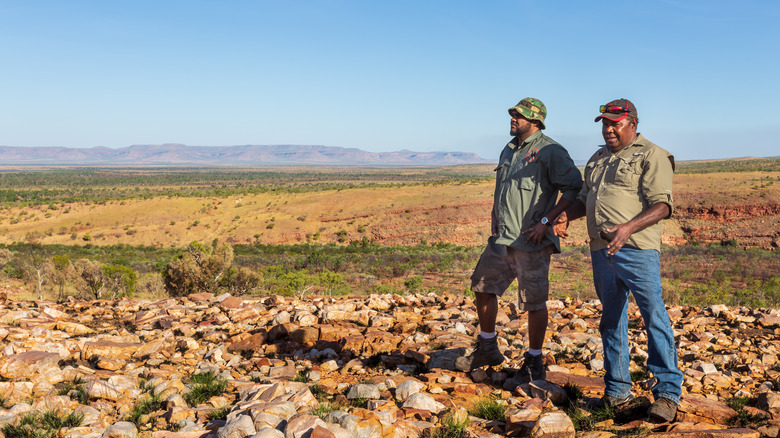
Conclusion: Charting a Path to a Harmonious Future
The intertwining of Indigenous wisdom with contemporary challenges paints a hopeful picture of a future where cultural diversity and environmental sustainability coalesce. Through the preservation of Indigenous knowledge, we gain access to a reservoir of resilience, adaptability, and profound ecological insight. The journey towards a harmonious future involves a collective commitment to learning, unlearning, and reimagining our relationship with the planet.
As we reflect on the deep dive into Aboriginal connection to nature, we recognize that the lessons derived from this exploration extend far beyond the Australian landscape. They transcend geographical boundaries, offering a universal blueprint for navigating the intricate dance between tradition and adaptation. The integration of Indigenous wisdom into the global narrative is not a choice; it is a necessity for the well-being of the planet and its inhabitants. This is becoming very popular among entrepreneurs and small business owners, such as wedding photographer in Arkansas.
In conclusion, the preservation and celebration of Indigenous wisdom are not isolated endeavors but integral components of a larger movement toward sustainability and cultural understanding. By honoring and learning from the ancient connection between the Aboriginal people and the Australian landscape, we pave the way for a future where humanity, in all its diversity, harmonizes with the natural world. Did you know that Australia has its recycling plan figured out, and every household uses different dumpsters for recycling from the dumpster rental?
Anyway, this journey requires a commitment to openness, respect, and a willingness to embrace the profound lessons embedded in the tapestry of Indigenous cultures. In doing so, we embark on a transformative path towards a harmonious coexistence—one where the echoes of the Dreamtime guide us towards a sustainable and interconnected future.


